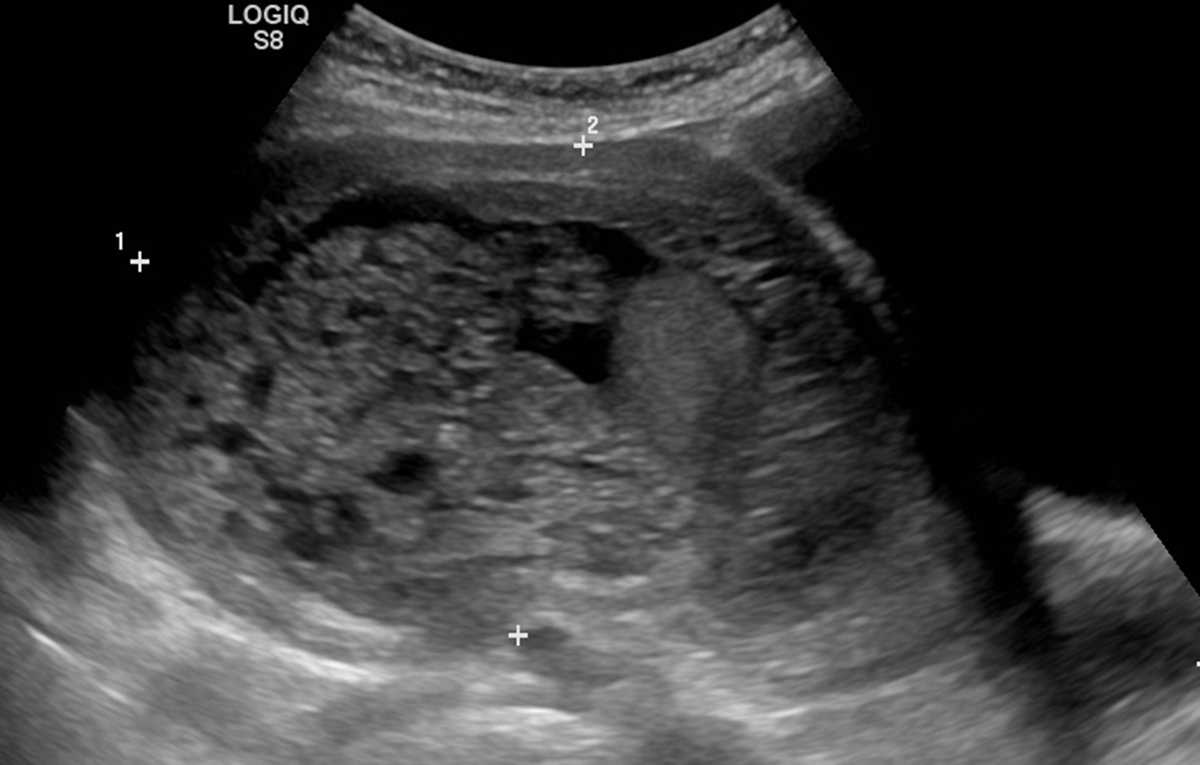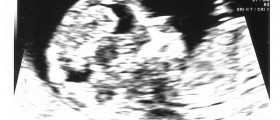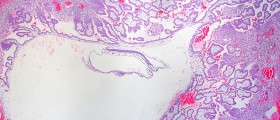
Molar pregnancy
Causes of Molar Pregnancy
Genetic disorders can be a cause of molar pregnancy. All the molar pregnancies can be classified into partial and complete molar pregnancies. In partial molar pregnancy a woman's egg is fertilized by two sperm. In majority of cases, this leads to development of twins. However, the outcome in partial molar pregnancy is a mole and if there is any sign of fetal tissue it is completely distorted. Complete molar pregnancy develops after a sperm fertilizes the egg which misses genetic information. The tissue that develops is a mole and it resembles a cluster of grapes.
Molar pregnancy is more common in older women. It can also affect women who have had miscarriages. Women who have suffered from molar pregnancy can develop the condition again. And finally, there is increased risk of molar pregnancy in women who are suffering from deficiency of carotene.
Symptoms of Molar Pregnancy
Initially molar pregnancy causes the exact symptoms like normal pregnancy including absence of menstrual bleeding and morning sickness. Still at some point there are additional symptoms. They include vaginal bleeding, discomfort in pelvis and rapid growth of the uterus. Vaginal discharge of the tissue that resembles grapes may be symptomatic for molar pregnancy. Some patients experience heavy bleeding. Nausea and vomiting can be unbearable. A woman may also suffer from signs of hyperthyroidism such as nervousness and exhaustion, arrhythmia and increased perspiration.
Diagnosis and Treatment of Molar Pregnancy
The gynecologist will perform clinical exam, take blood samples for pregnancy hormones and perform pelvic ultrasound.
Basically the treatment has to start right after the diagnosis has been set. Namely, the goal is to remove and eliminate all of the molar tissue from the uterus. After that a woman needs to undergo regular blood tests for signs of trophoblastic diseases. Trophoblastic disease is a possible complication of the remnant parts of the mole. These remains can eventually transform into malignant cells. The regular blood test will effectively find the malignant disease on time and chemotherapy will eliminate the tumor.

















Your thoughts on this
Loading...